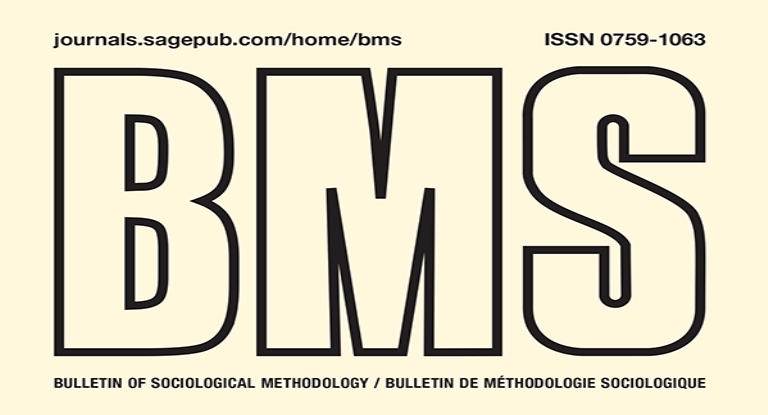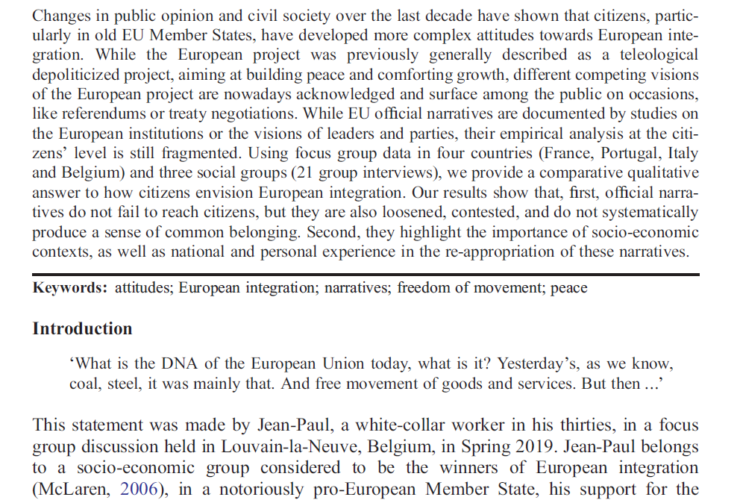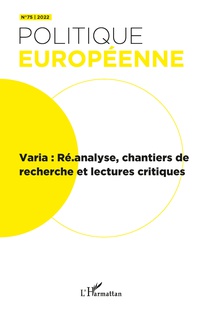Turning Talk into ‘Rationales’:
Using the Extended Case Method for the Coding and Analysis of Semi-Structured Interview Data in Atlas-ti

DATE
Jul, 2019
AUTHOR
Luis Vila-Henninger
CATEGORY
Publications
Causal Narrative Frames: A Discursive Tool to Justify Solution
This article focuses on the tool-driven analysis of qualitative data in ATLAS.ti collected as part of an empirical investigation into how American voters legitimate their positions on direct democratic economic policy. To carry out this research, semi-structured interviews were conducted from 2013 to 2015 with 120 Arizonan respondents. Participants were interviewed about why they voted the way they did on four economic policy ballot measures that appeared on the Arizona state ballot from 2008–2012 related to narcotic decriminalization and medicalization, education funding, immigration and labor markets, and consumer protection. The principle of “reconstruction” from Michael Burawoy’s “Extended Case Method” (ECM) was applied in the coding and analysis of these data in ATLAS.ti. Reconstruction starts with a theory and then looks for anomalous cases as a way of theory building. The theories that were used to generate the project’s research question were also used to guide a review of the empirical literature in order to create a deductive thematic codebook for each ballot measure. Open coding later allowed for “reconstructed” theory by adding new codes to the initial codebook and modifying others. These issue-specific thematic codes are referred to as “rationales”. Through this process of coding, the author contributed to theories of American political ideology and voter legitimation by identifying theoretically anomalous “rationales” in the data and then using these rationales to expand the theories that were used to generate the initial thematic codebook.
Reference : Vila-Henninger, Luis Antonio, “Turning Talk into ‘Rationales’: Using the Extended Case Method for the Coding and Analysis of Semi-Structured Interview Data in Atlas-ti”, Bulletin of Sociological Methodology, n° 43, issue 1, July 2019, pp. 28-52



